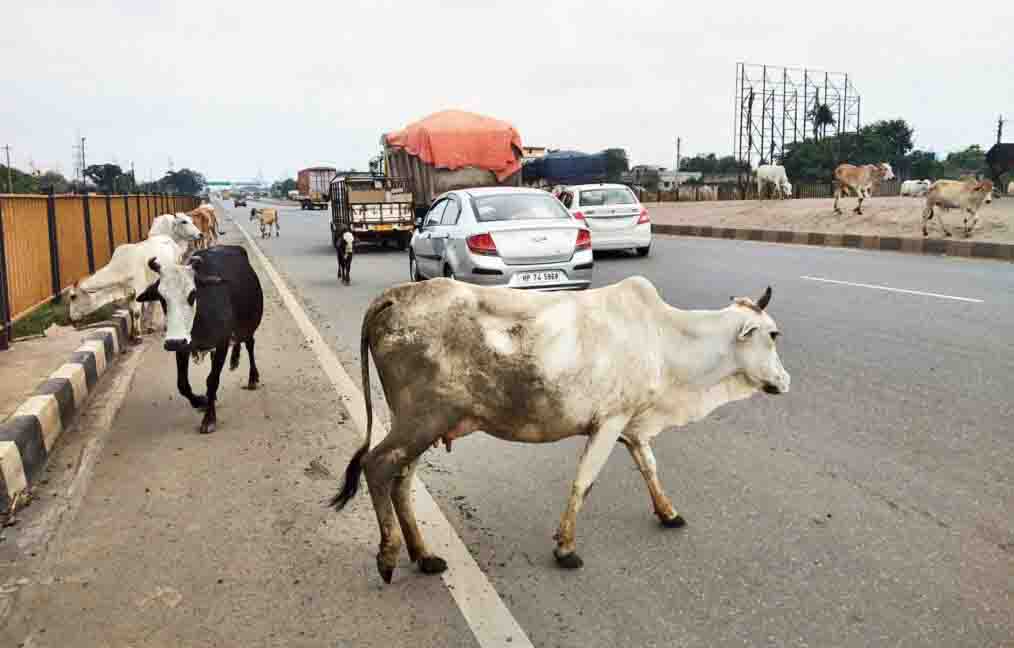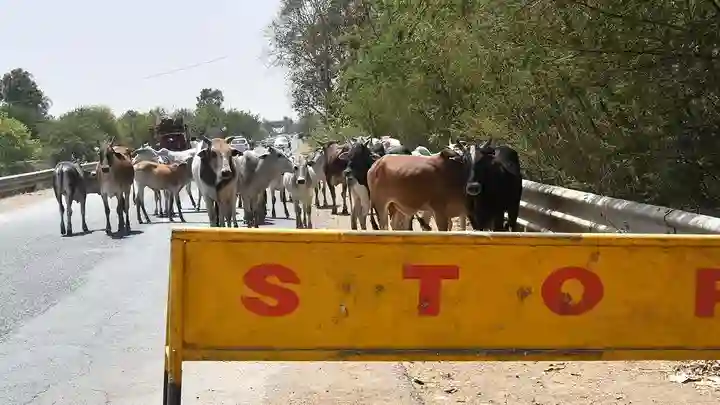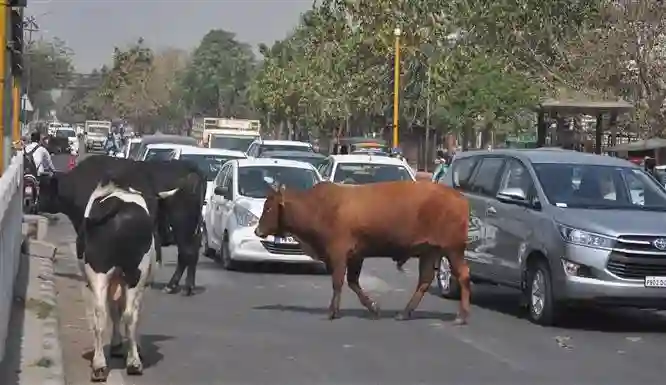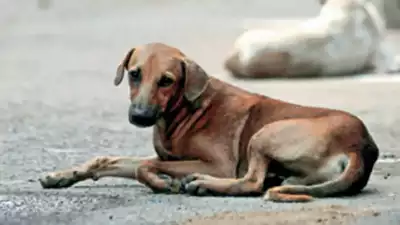
Our roads are not just equipped with potholes and sudden obstruction, but also animals of many sizes.
With a significant increase in the number of stray animals such as cows, buffalo, and dogs wandering onto highways and within cities in India, they can often pose a serious threat to drivers on highways. According to a report published by The Hindu over 900 people have lost their lives in road accidents by stray cattle in Haryana alone in the last 5 years. In the same way, below mention are some of the incidents in different state of India where loss of lives occurs due to animal collision.
News on Loss of Lives Due to Animal Collision Across India

Haryana
As per statistics collected under the Right to information act more than 900 fatal accidents involving stray cattle occur in Haryana out of which Gurugram state alone saw 142 terrible deaths in the last five years. Surprisingly, 80% of theses accidents involved two-wheelers. Despite the ongoing threat, no effort has been made to address the issue, leading to criticism of the authorities for their failure to control the growing population of stray cattle.

Uttar Pradesh
The CM of Uttar Pradesh Yogi Adityanath has collaborated with private firms to handle the issue of road accidents caused by stray animals on the Agra-Lucknow highway. This cooperation aims to reduce similar mishaps by capturing and caring for stray livestock. For this, the state government had to bear the expense and would pay Rs 2000 per cattle for the same to the private agency.

Ludhiana
Recent findings from the National Crime Records Bureau(NCRB) has highlighted the growing problem of intrusion of stray animals on roads of Ludhiana City. A survey conducted in 2020 found out that there were total number of 110 crashes caused by animals, accounting for 23.6% of all the reported road accidents. These accidents resulted in 74 dealth and 167 injuries. Due to this, people are demanding for urgent government intervention to prevent further traffic accidents

Tamil Nadu
According to state police data, this year road accidents involving stray animals went up by 30% in Tamil Nadu, India. The report reveals that 750 accidents were caused due to stray animals between January and November 2021, resulting in 55 deaths and 914 injuries. Most of the accidents occur in Krishnnagiri district, which has highest number of fatalities. The state government is being criticised for not taking appropriate action to control stray animal population and prevent road accidents
How does AI video analytics work for detecting road accidents?
To help prevent accidents caused by stray animals, AI-based video analytics technology can be integrated with the existing surveillance system. This technology uses the camera installed on the highways to capture the camera feeds of roads and their surroundings. The footage is then analyzed by AI-based computer vision and deep learning algorithms to detect stray animals on the road, even in low-lighting conditions and if any non-compliance instances are detected then alerts the concerned person in real-time.
For instance, if a herd of cows is there on the road, then the system will detect and utilize this data to trigger real-time alerts to the authorized command centre. This allows authorized personnel to take proactive actions to reduce collisions with the animals.
AI Video Analytics Based Animal Detection Video
Case Study: Implementation of AI video analytics in India
Problem:
Uttar Pradesh stray animals have become a menace on the 302-km long Agra-Lucknow Expressway, causing a lot of fatal accidents due to stray animals. To tackle this issue, in 2020 the state government hired a private agency to catch cows and Rs2000 per cattle would be given for the same.
For cattle catching, five groups were formed to monitor and prevent the entry of animals on the expressway. The agency would have loudspeakers and mikes to warn speeding vehicles. However, due to the mundane, repetitive and manual inspection process across a widespread area, the plan was not effective, resulting in a loss of time, energy and resources.
Solution:
To automate the inspection process, the state government can use the AI-based video analytics technology that captures and analyze the camera feeds to detect the presence of cattle on the road and provides alert the authorities in real time. This help the authorities to take pro-active actions in removing cattle from the roads in order to save precious lives and resources.
The benefits of using an AIVID AI-based video analytics technology come with edge computing features which capture and analyze the data in real time. Unlike other platforms that rely on G-force triggers to record video to then be uploaded to the cloud and reviewed by humans, thousands of data points are directly analyzed by AIVID BOTs, delivering real-time insights and alerts.
This gives a complete safety picture, identifying the potential events before they happen by providing real-time alerts to the concerned authorities, the technology can help reduce the risk of accidents and save lives.
Impact:
AIVID video analytics solution helps save time, contributes to reduces financial losses and lower economic impact due to accidents of commercial and private vehicles. It can also help reduce the number of injuries and deaths among cattles, which is the main concern for animal welfare advocates.
Summing Up:
AI video analytics technology has the potential to revolutionize road safety in india by preventing accidents due to animals on highways. By combining computer vision algorithms along with real-time alerts and notifications, this system can protect both drivers and animals from injuries and death.
At AIVIDTechvision, we customize video analytics solutions for Highways and Public places, to enhance safety and efficiency. Our team of experienced developers specialising in video analytics and customization ensures that you receive a cost-effective, reliable and user-friendly solution tailored to your needs.